The idea of a Norwegian oil fund is conceived as prime minister Einar Gerhardsen and his government claims sovereignty over the Norwegian continental shelf. This laid the grounds for the Norwegian approach to pertroleum resource management, based on parliamentary guidelines for responsible and long-term management ensuring strong government control.
The history
1960
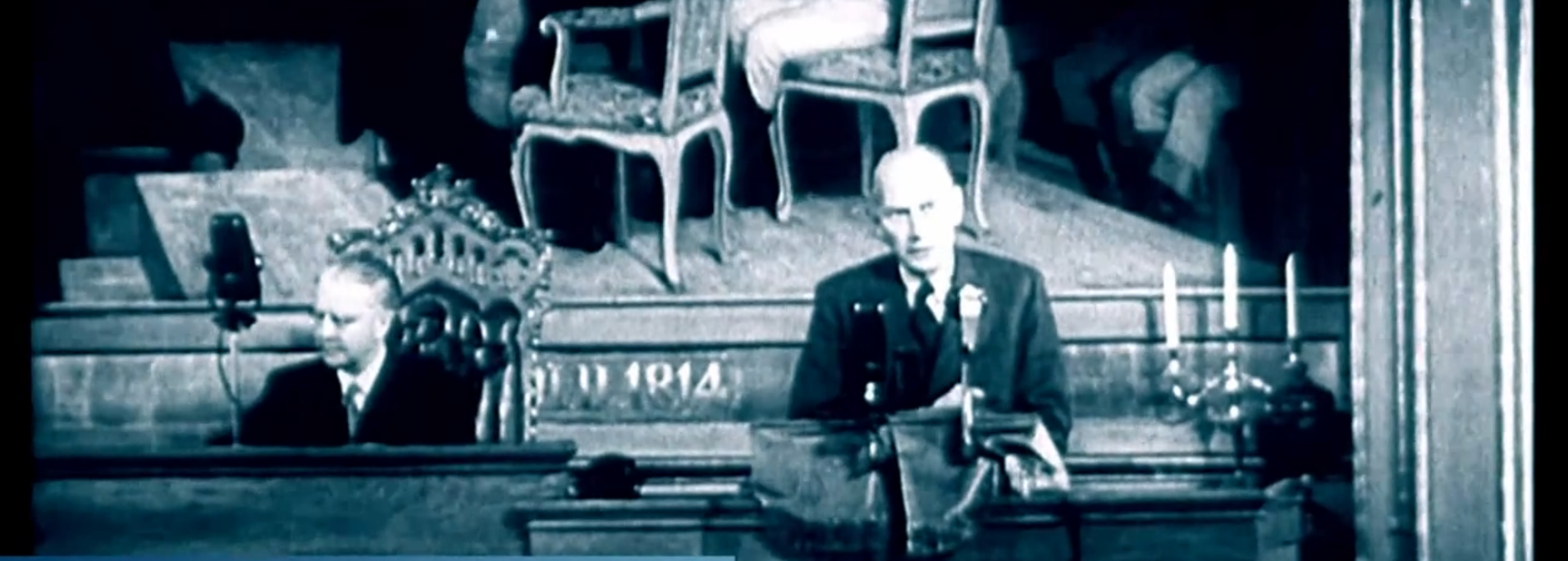
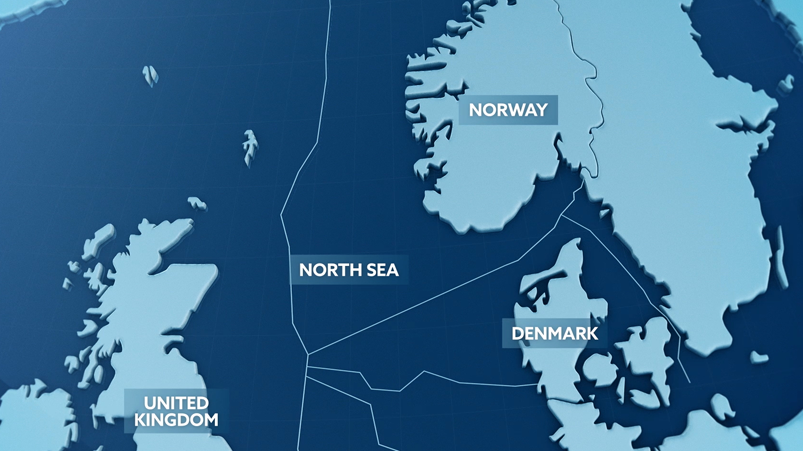
International oil companies with resources and experience received licences to search for oil, but the Norwegian state remained in control.
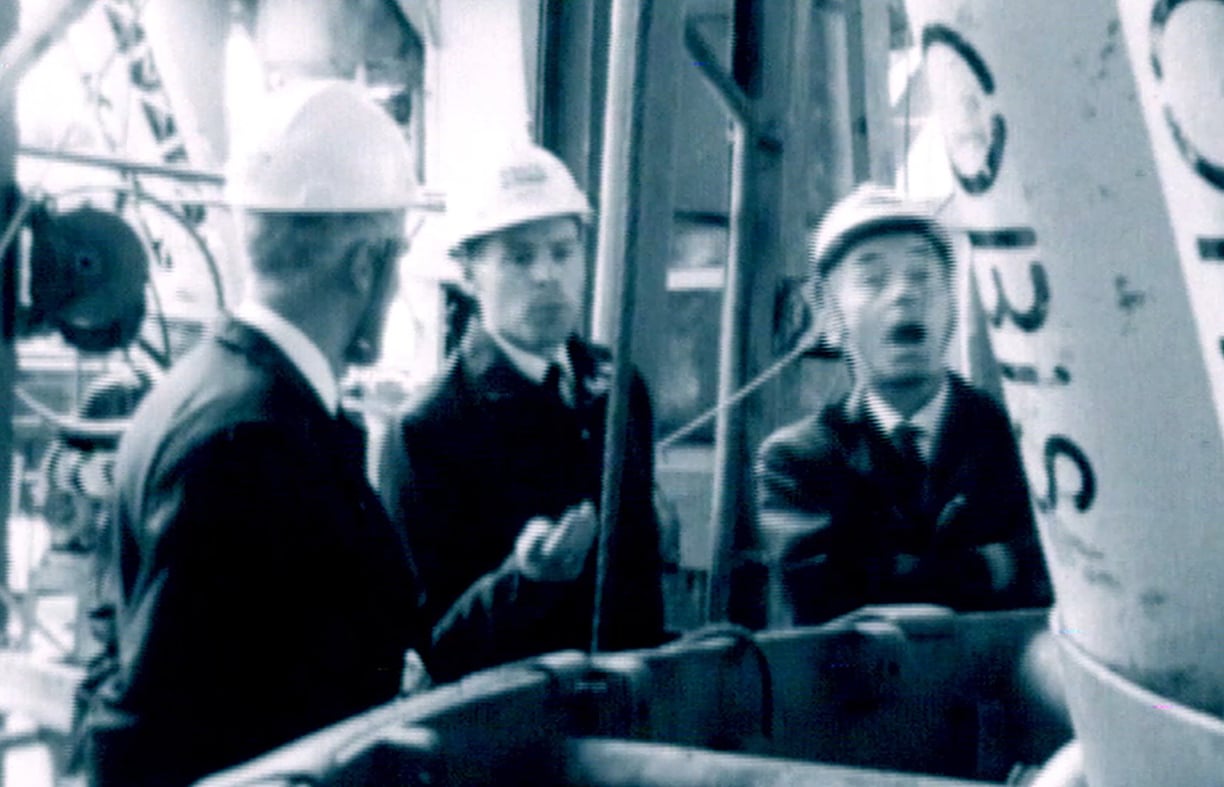
1966
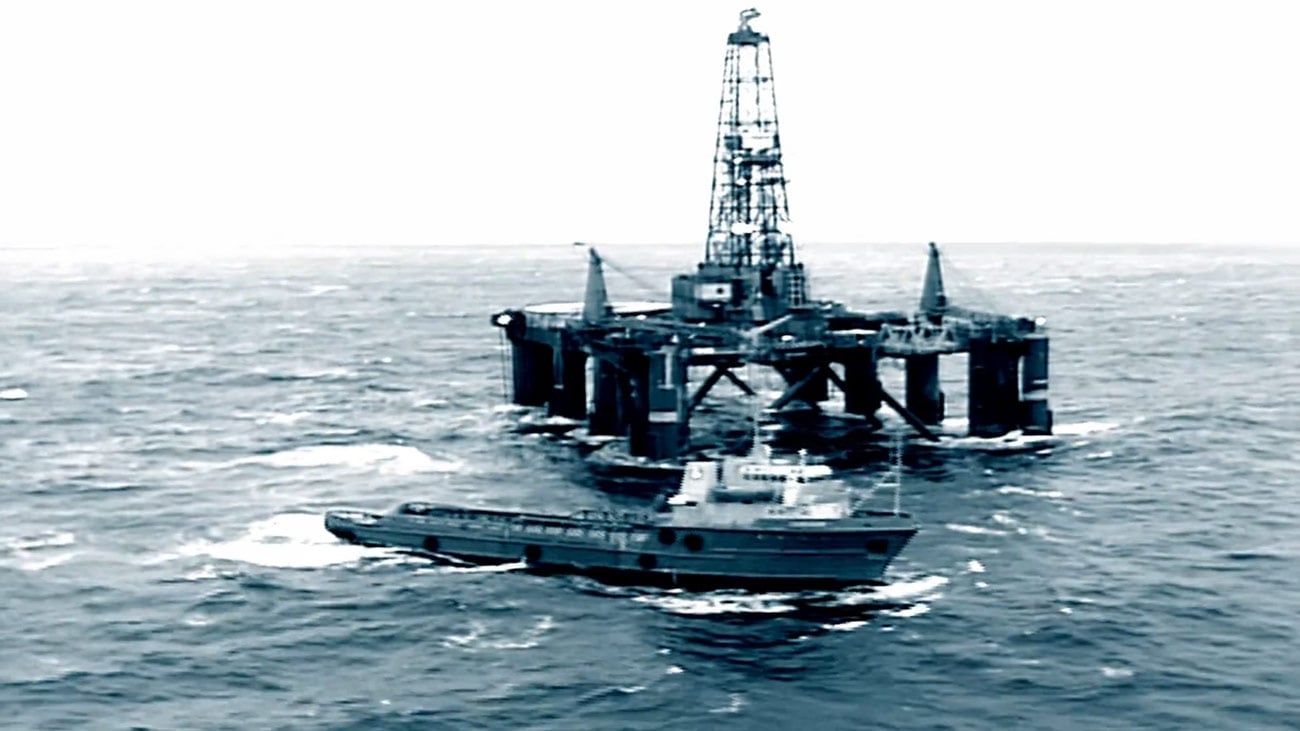
The search for oil begins. 37 wells are drilled during the next four years.
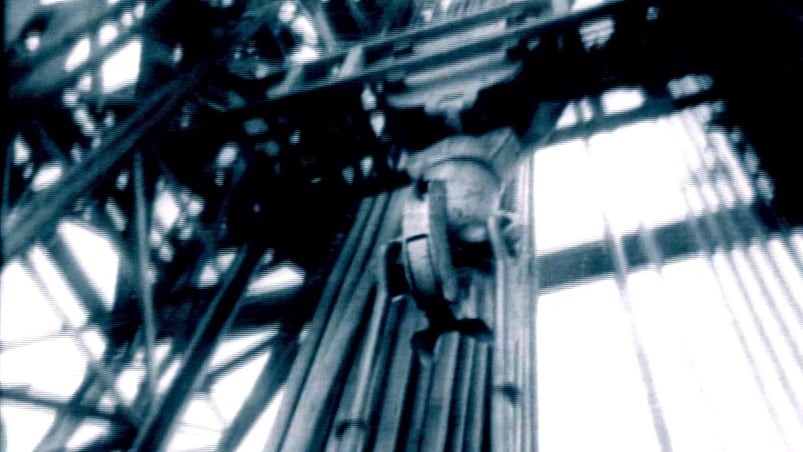

1969
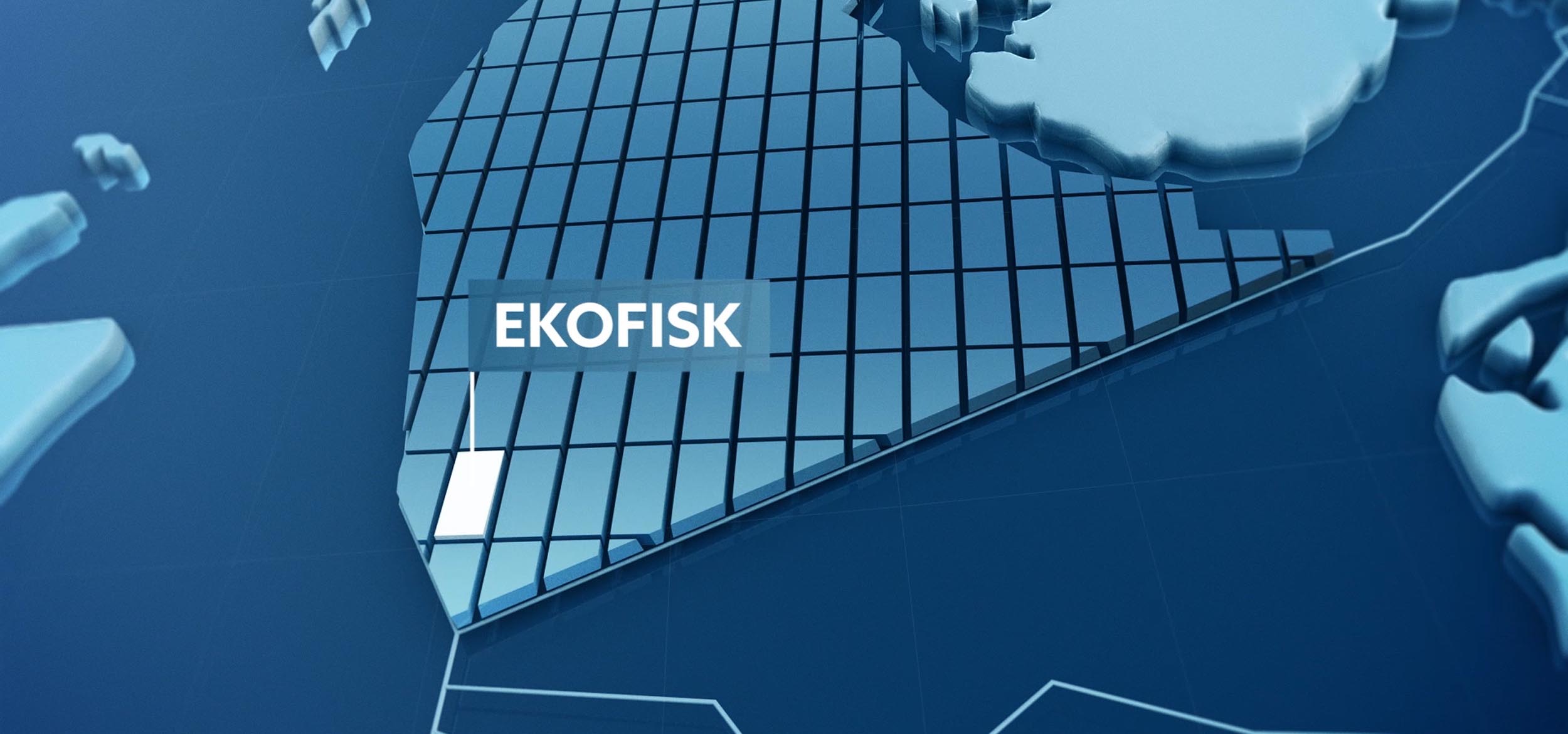
Ekofisk, Norway’s first oil field, is discovered in the North Sea. Production starts in 1971.
The day before Christmas Eve 1969 it is announced that we have found oil. A lot of oil! Ekofisk is the largest oil field ever found at sea. The Norwegian oil adventure has started.

1974
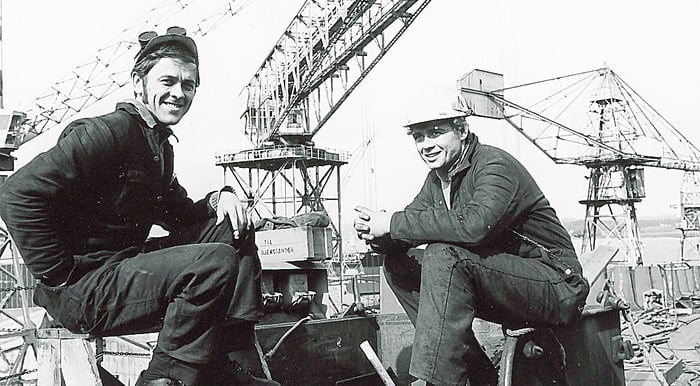
The Ministry of Finance submits the parliamentary report “The role of petroleum activity in Norwegian society” discussing how the country’s oil wealth should be used.
1983
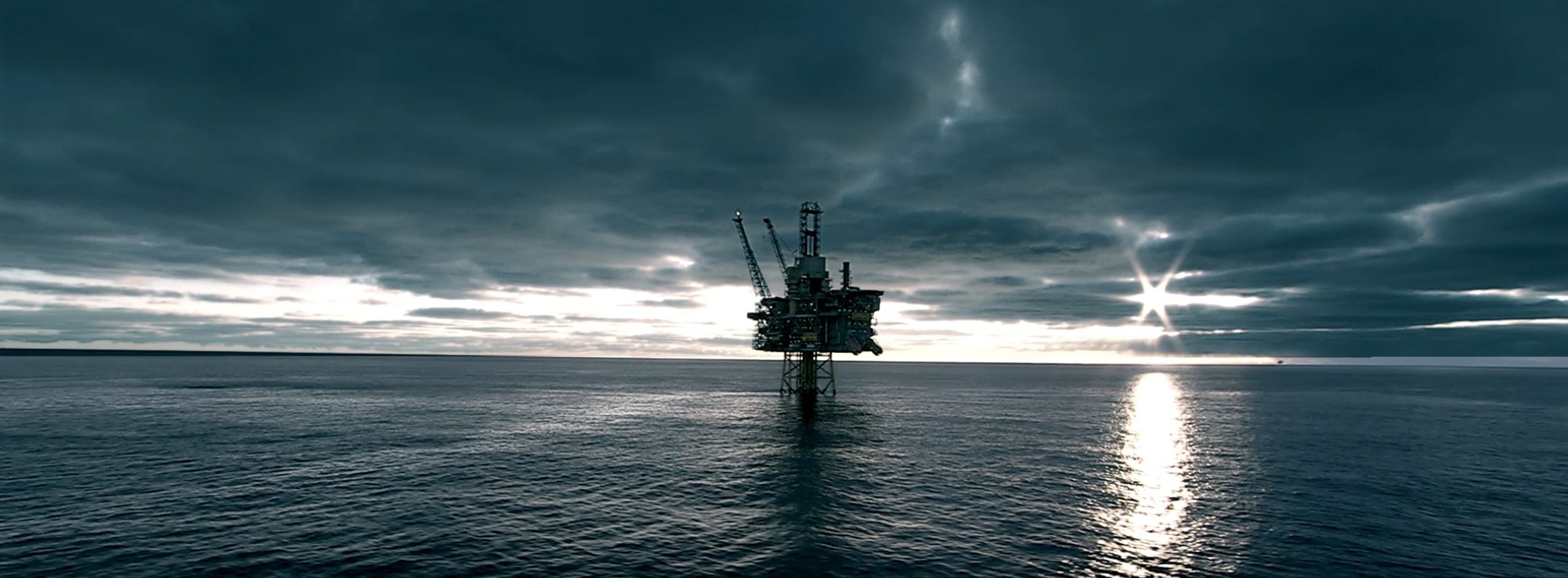
The Tempo Committee, chaired by former Norges Bank governor Hermod Skånland, submits a report (NOU 1983:27) proposing the creation of a fund where the government can store the current temporary rush of oil revenue and spend only the real return.
1990
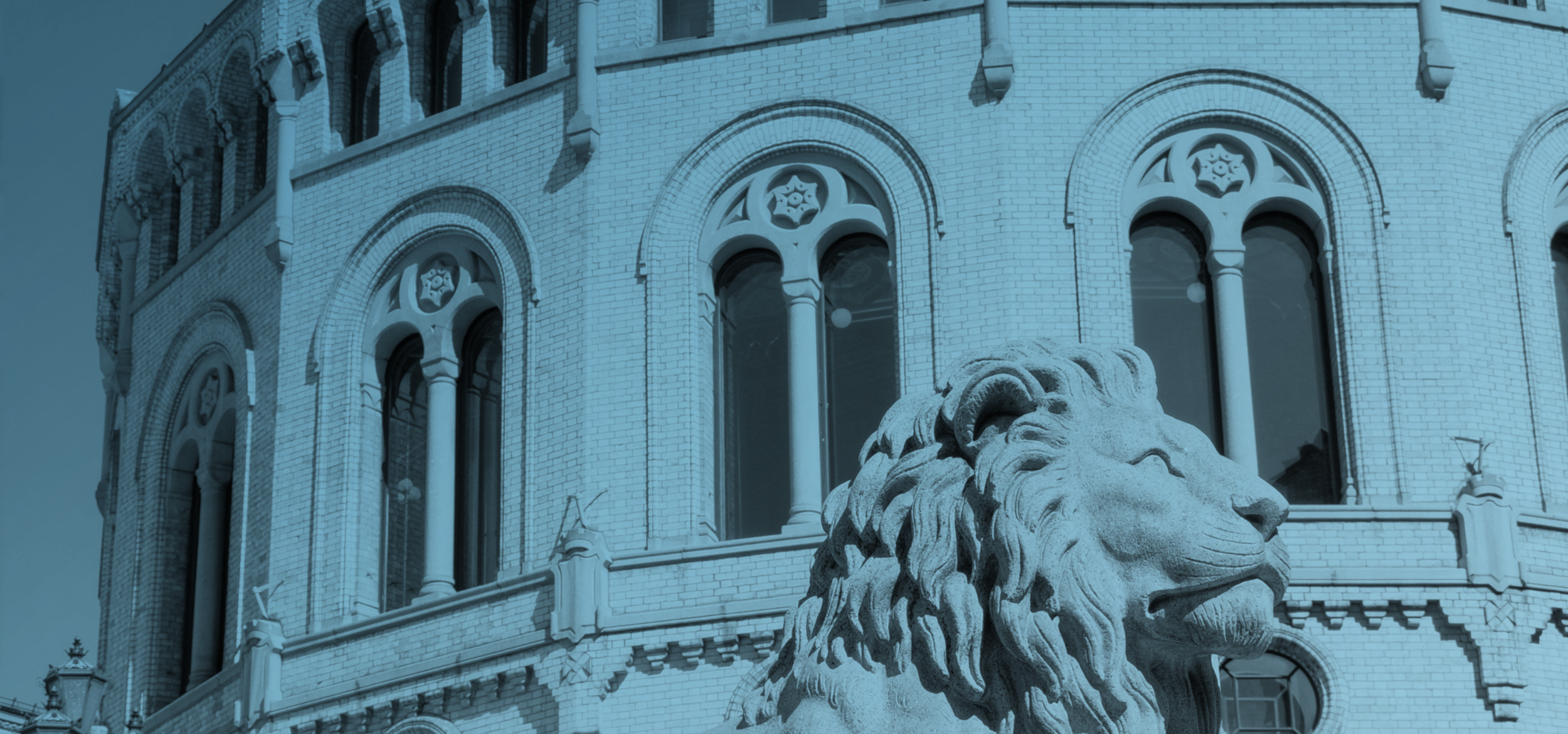
Norway’s Parliament passes a law to establish the Government Petroleum Fund. The plan is to regularly transfer capital from the government’s petroleum revenue to the fund. The fund’s purpose is to support the government’s long-term management of petroleum revenue.
The fund was set up to give the government room for manoeuvre in fiscal policy should oil prices drop or the mainland economy contract.
It also served as a tool to manage the financial challenges of an ageing population and an expected drop in petroleum revenue. The fund was designed to be invested for the long term, but in a way that made it possible to draw on when required.
1996
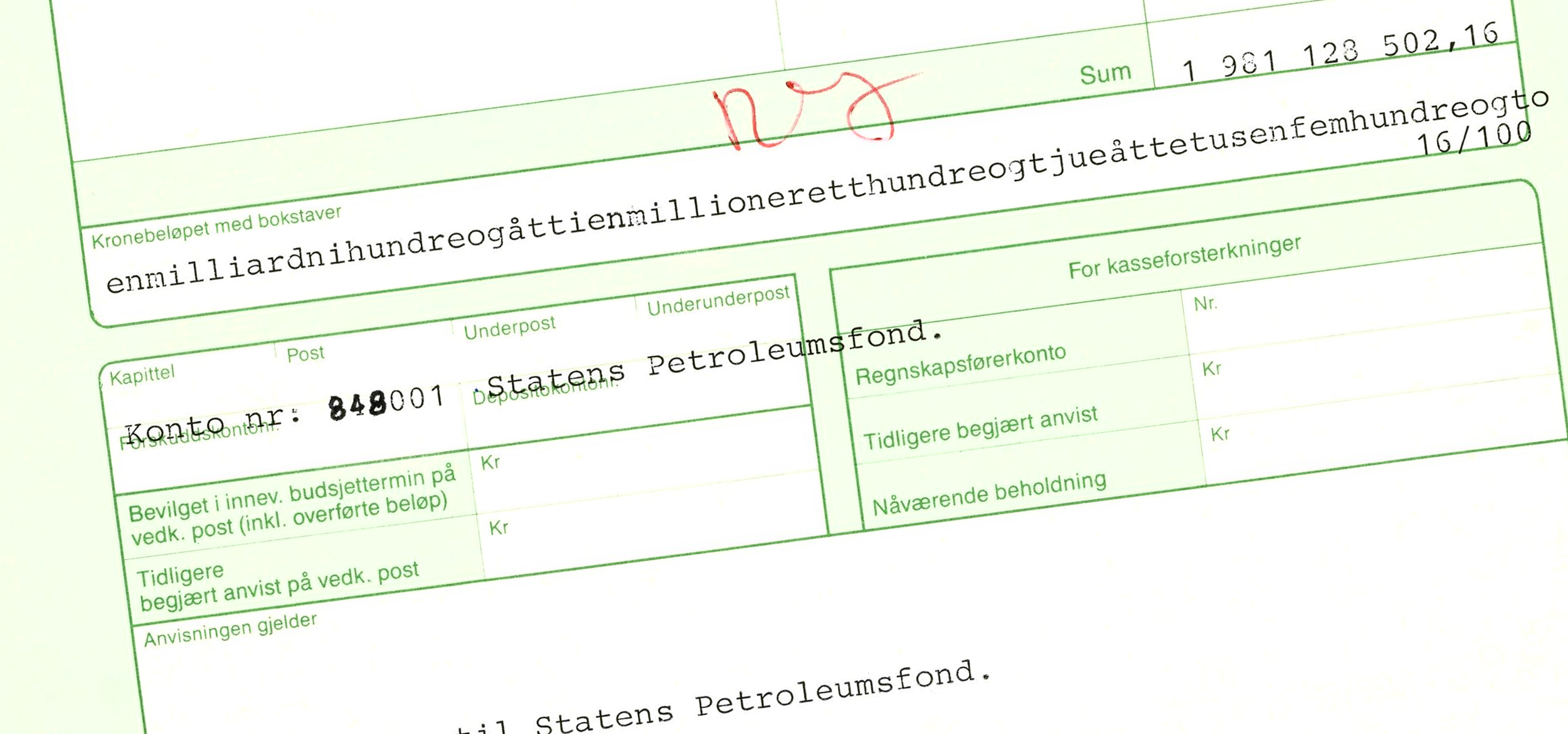
The fund gets its first capital transfer from the Ministry of Finance. This is invested in the same way as the Norwegian central bank’s foreign exchange reserves. This entails that all assets are to be invested outside Norway.
fondet verdi 1996
1,981,128,503
1997
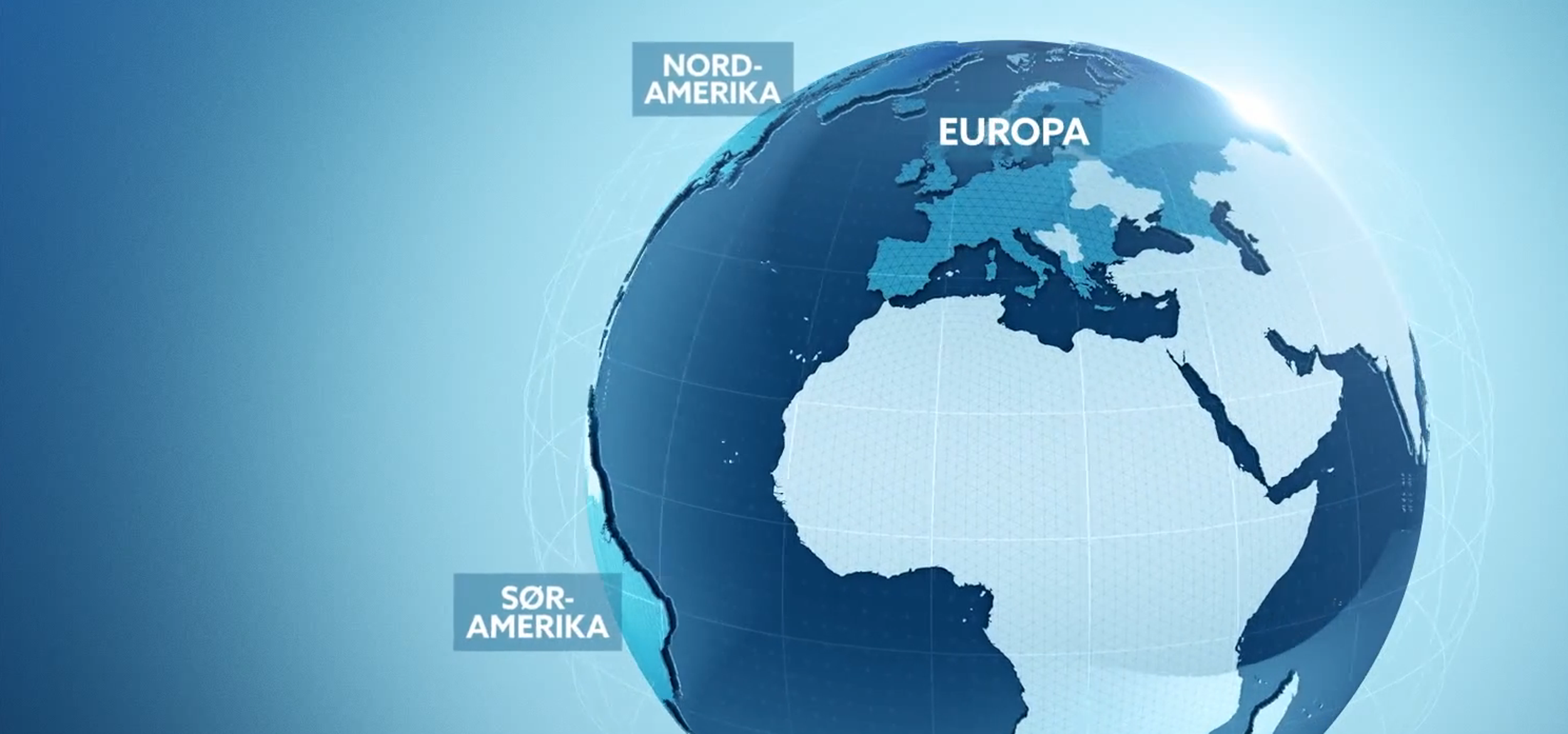
The fund is wholly invested in government bonds. The ministry decides to invest 40 percent of the fund in equities.
fondet verdi 1997
47,371,103,530
1998
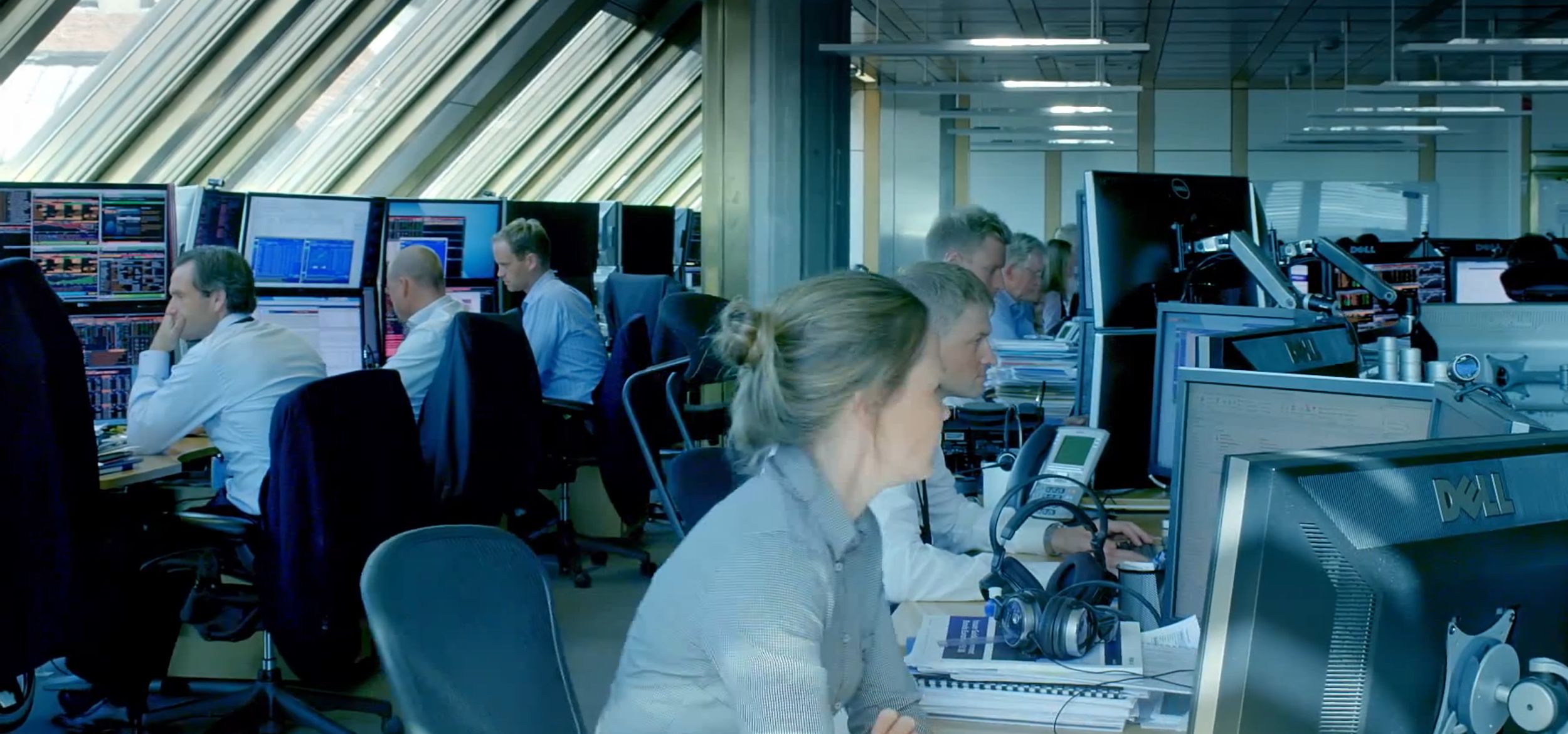
Norges Bank Investment Management is set up on 1 January to manage the fund on behalf of the Ministry of Finance.
Norges Bank Investment Management converts about 40 percent of the fund’s bond portfolio into equities within the first half of 1998.
fondet verdi 1998
113,401,394,042
2000
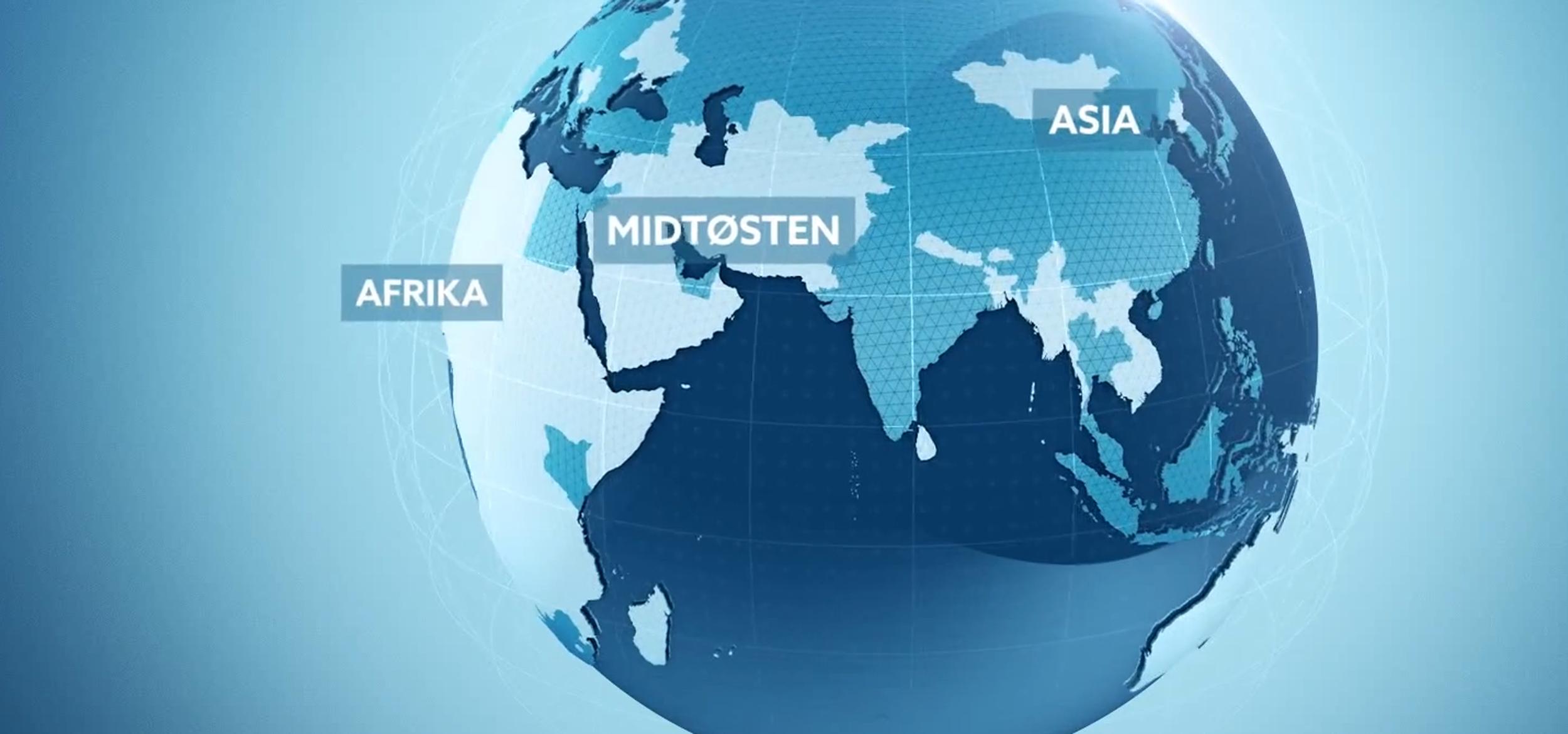
Five emerging markets are added to the fund’s benchmark equity index.
fondet verdi 2000
222,408,160,167
2002
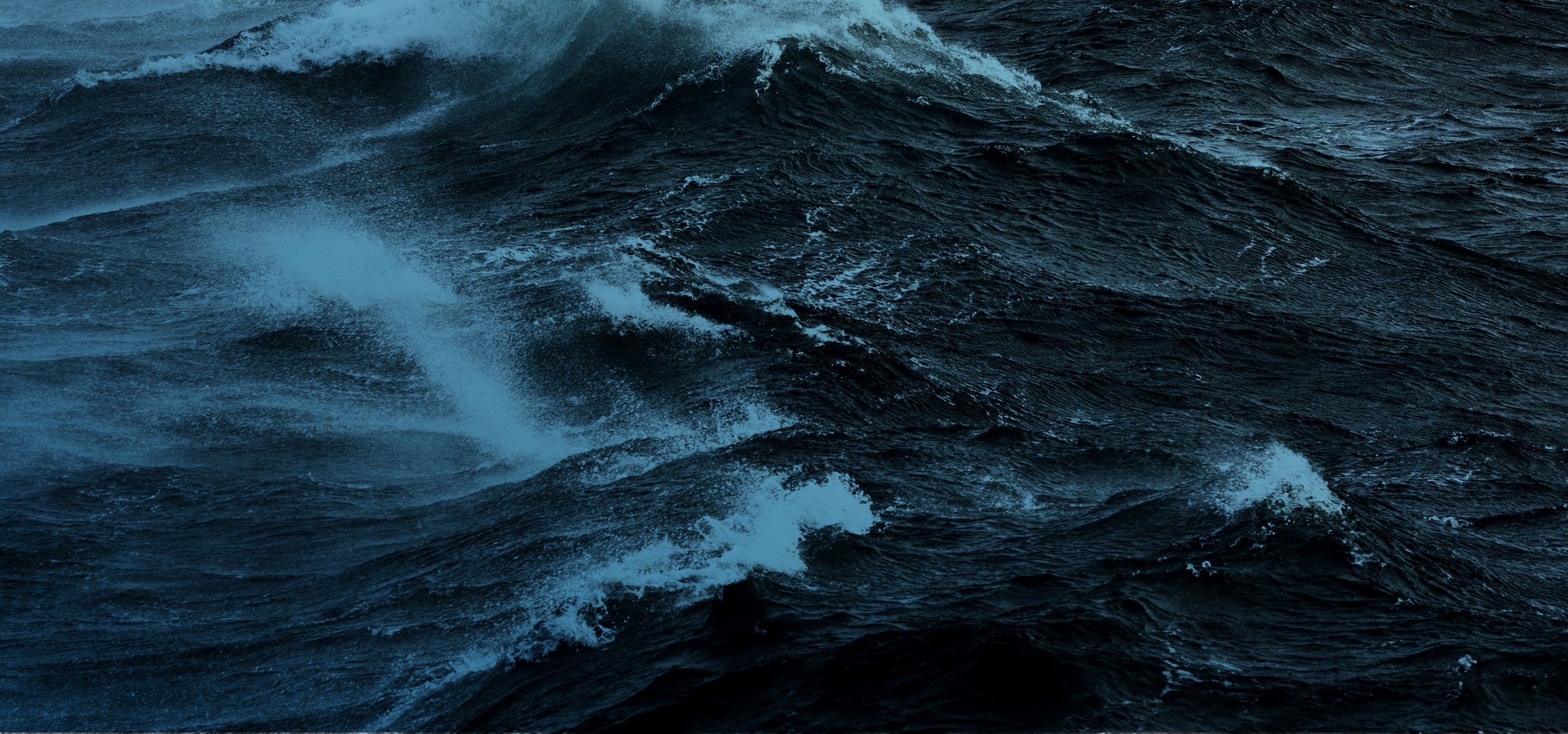
Corporate and securitised bonds are added to the fund’s benchmark fixed-income index.
fondet verdi 2002
613,685,667,761
2004

Ethical guidelines for the fund are established .
fondet verdi 2004
845,305,990,065
2006

The Government Petroleum Fund changes its name to the Government Pension Fund Global.
fondet verdi 2006
1,399,050,195,050
2007

The Ministry of Finance decides to increase the fund’s share of equity investments from 40 to 60 percent. It also decides to add small-cap companies to the benchmark portfolio. The increased equity share is implemented immediately.
fondet verdi 2007
1,783,682,936,311
2008
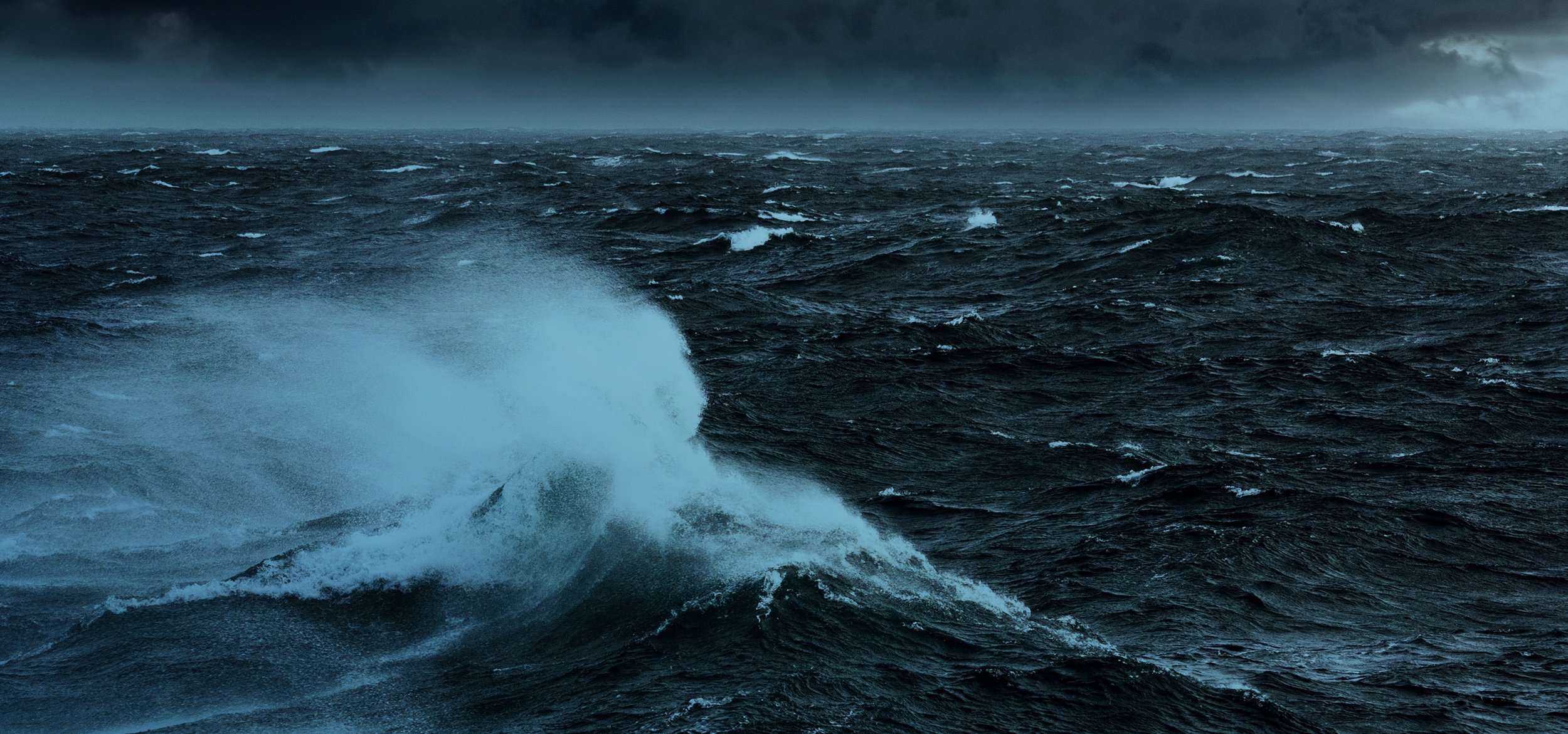
The Ministry of Finance includes real estate in the fund's investment universe, with a maximum share of 5 percent of total assets. All emerging markets are included in the reference index for equities.
The international financial crisis leads to a negative return for the fund of -23.3 percent.
fondet verdi 2008
2,018,643,430,954
2009

The fund’s ethical guidelines are evaluated, and new measures are initiated with entry into force from 2010.
The share of equity investments reaches 60 percent in June.
The fund posts a record return of 25.6 percent.
fondet verdi 2009
2,275,426,194,530
2010
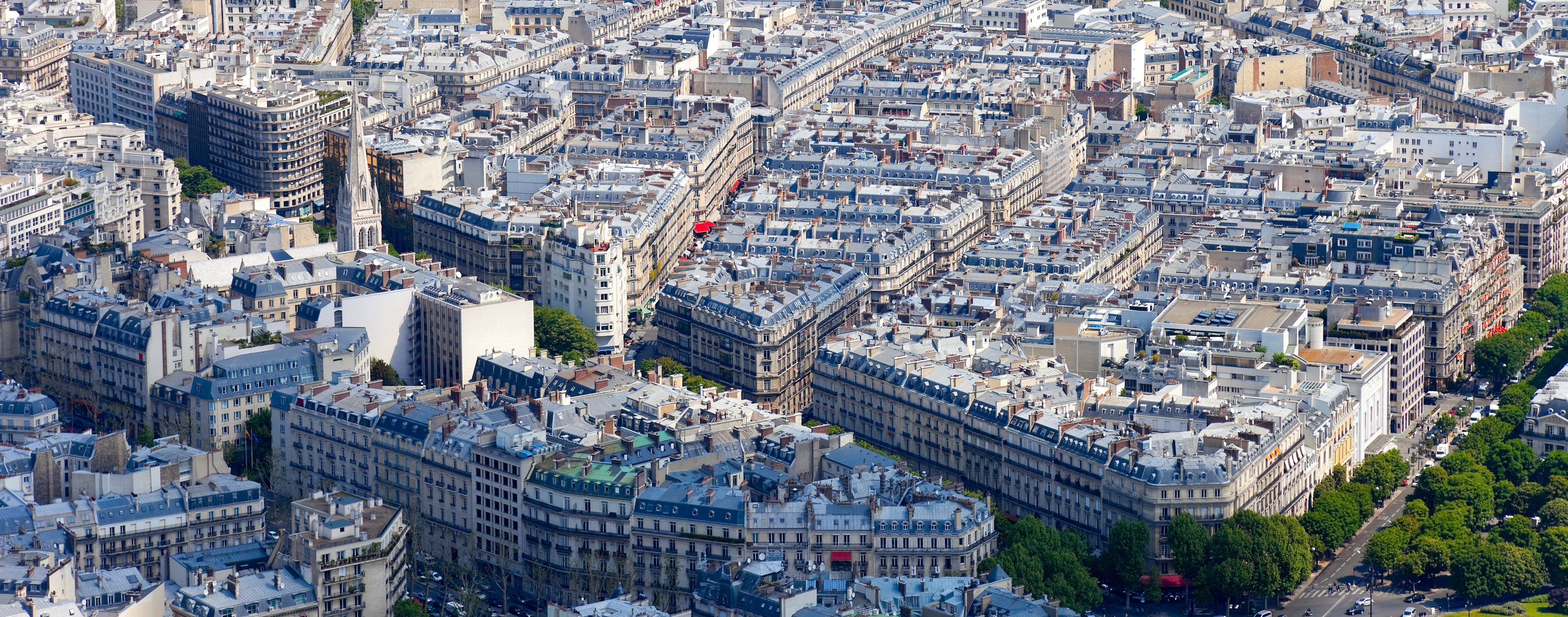
A mandate is introduced to invest as much as 5 percent of the fund in real estate through a corresponding reduction in the fixed-income holdings.
fondet verdi 2010
2,640,042,794,099
2011
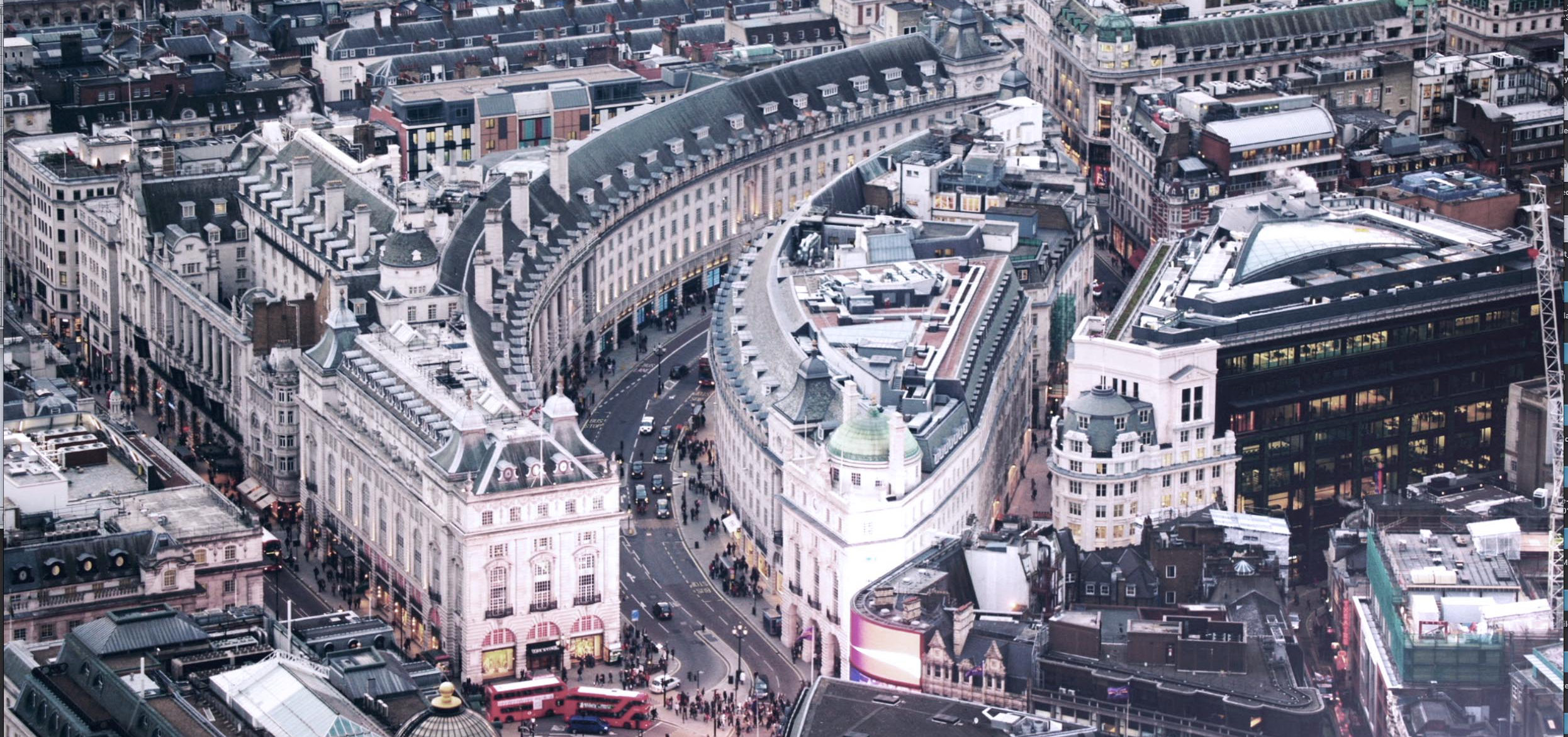
The fund makes its first real estate investments.
The funds first real estate investment was a 25 percent stake in The Crown Estate’s Regent Street properties in London. Regent Street is one of London’s busiest shopping streets with retailers including Apple, Burberry, Banana Republic and Hamleys. The properties in the Regent Street portfolio, which consists of 113 buildings spread over 39 blocks, are owned by The Crown Estate on behalf of the United Kingdom.
fondet verdi 2011
3,077,420,151,147
2012

The Ministry of Finance announces plans to gradually reduce the share of European holdings to about 40 percent of the fund and increase investments in emerging markets to 10 percent.
fondet verdi 2012
3,311,572,484,253
2013
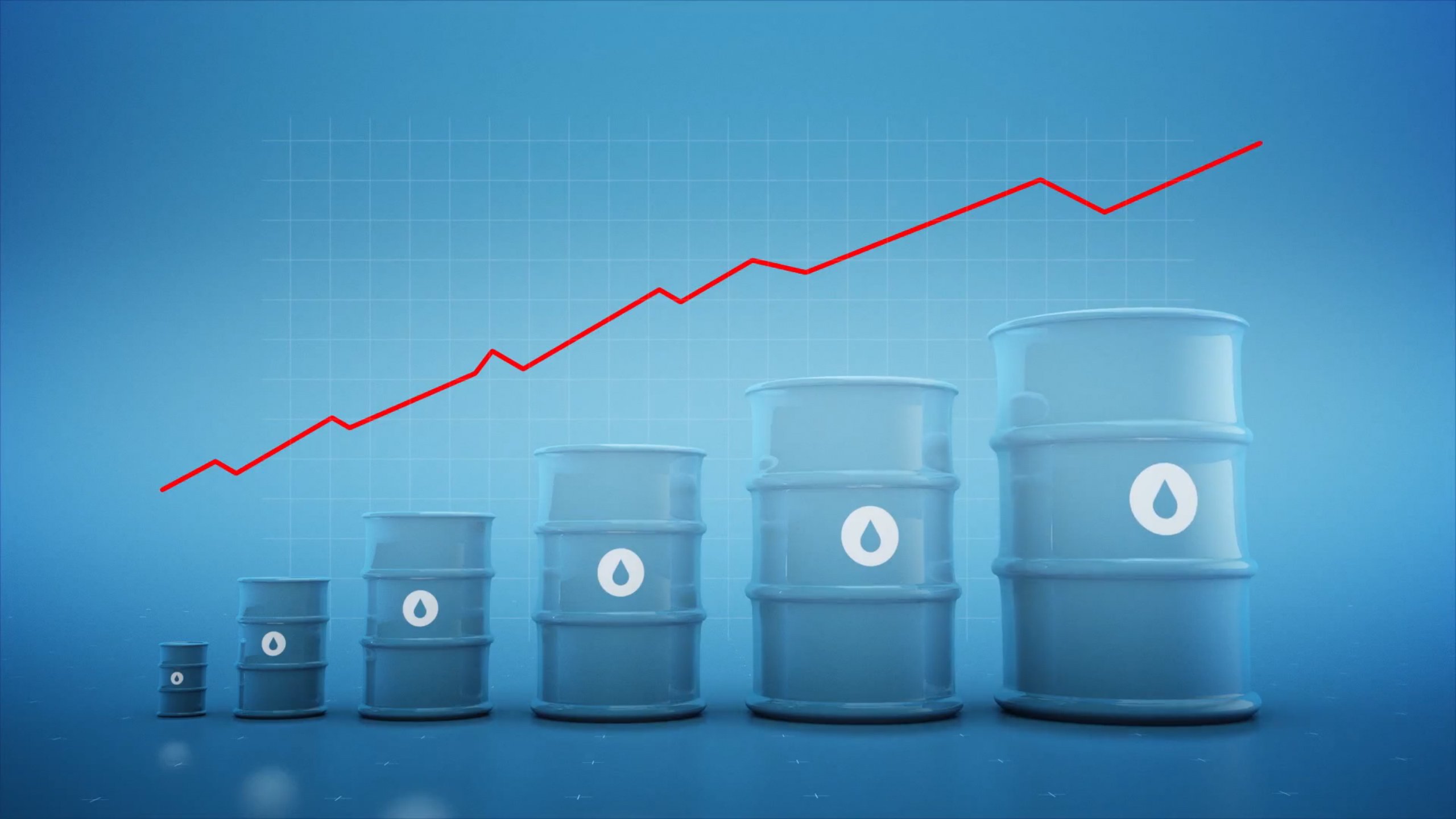
The annual return is the second best in the fund’s history so far, and the market value grows by more than 1,200 billion kroner.
The fund makes its first real estate investments in the US.
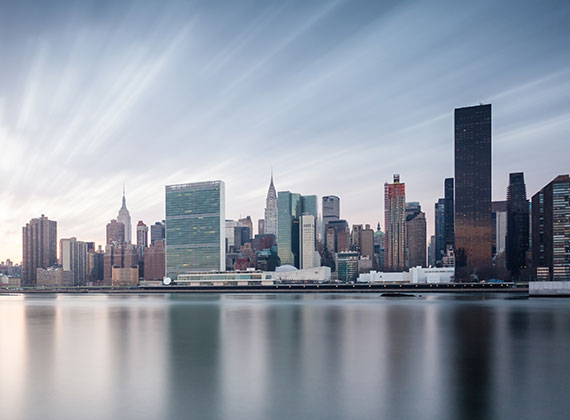
fondet verdi 2013
3,815,769,355,330
2015

Starting this year, the Council on Ethics sends its recommendations directly to Norges Bank, instead of to the Ministry of Finance. Norges Bank’s Executive board now decides on the observation and exclusion of companies.
fondet verdi 2015
6,430,738,694,663
2017

A new management model is introduced. From 2017 Norges Bank decides the real estate allocation within the mandate’s restriction that the unlisted real estate portfolio may constitute up to 7 percent of the investment portfolio.
The fund value hit $1,000,000,000,000, or 1 trillion dollar, for the first time.
A strengthening of the world’s major currencies against the US dollar, combined with strong equity markets, rapidly increased the US dollar value of the fund.
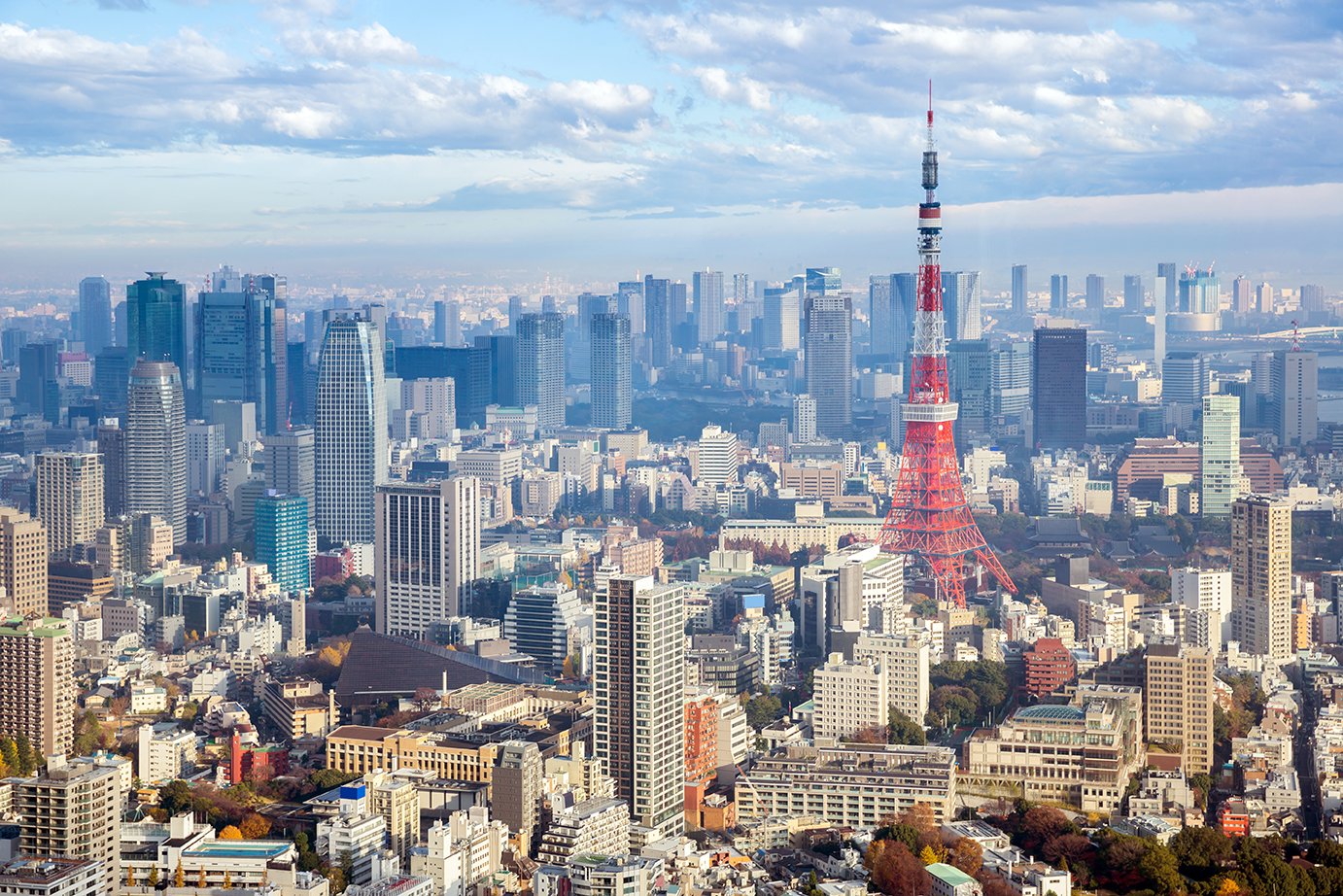
fondet verdi 2017
7,510,494,110,324
2019

The fund's value reaches 10,000 billion kroner on 25 October. About half of the market value is return on the fund’s investments. The fund has received inflow of just above 3,300 billion kroner. The rest of the market value is fluctuations in the Norwegian krone.
The first quarter of 2019 is the fund's best quarterly return measured in kroner ever, with 738 billion kroner.
fondet verdi 2019
8,255,945,380,589
2021

In April, we announce the fund's first investment in unlisted renewable energy infrastructure. We sign an agreement to purchase 50 percent of the Borssele 1 & 2 wind farm located in the Netherlands.
fondet verdi 2021
10,913,761,913,427
2023

The fund's value reaches 15,000 billion kroner on 18 May, driven by a strong equity market and a weaker krone. The fund has received inflow of above 5,000 billion kroner.
fondet verdi 2023
12,429,059,488,171